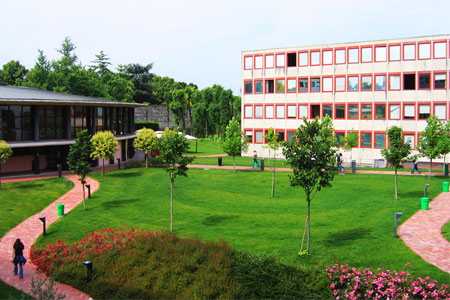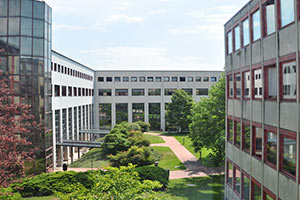“Terrible and exalting youth”: the redefinition of the formation novel from Hardy to Woolf.
After some classes meant to highlight the rhetorical-formal aspects of the novel as a genre, the course is meant to accompany the students along a study of the formal modes of survival and redefinition of the formation novel (with its qualifying themes, such as the generational-societal tensions, and the search for identity facing authority, desire, religion, politics) that, starting from the late-Victorian/early modernist experience of Thomas Hardy, goes through the fundamental, if different, inflections of it given by D.H. Lawrence, J. Joyce, and V. Woolf.
BIBLIOGRAFIA/BIBLIOGRAPHY
Testi primari/Primary sources
T. HARDY, Jude the Obscure (1895)
D.H. LAWRENCE, Sons and Lovers (1913)
J. JOYCE, A Portrait of the Artist as a Young Man, (1917)
V. WOOLF, Jacob’s Room, (1922)
Testi secondary/Secondary sources
-B. HARDY, Thomas Hardy. Imagining Imagination. Hardy’s Poetry and Fiction, “Good Times in in Jude the Obscure: Constructing Fictions”, (ch.3), The Athlone Press, 2000
-M. BLACK, D.H. Lawrence. The Early Fiction, ch. 6, Macmillan, 1986, pp.150-187
-G. MELCHIORI, James Joyce. Il mestiere dello scrittore, cap. 5 , Einaudi, 1994
-L. PEACH, Virginia Woolf, ch.4 , Macmillan, 2000, pp.67-87
Handbooks
Il manuale di riferimento consigliato per il contesto storico-letterario (dal tardo Vittorianesimo al XX secolo), è:
A. Sanders, The Short Oxford History of English Literature, Clarendon Press, 2004
Per quanto attiene agli aspetti formali dei testi oggetto d’analisi si consigliano i seguenti testi di riferimento, del tutto facoltativi:
A. Marchese, L’officina del racconto: semiotica della narratività, Mondadori, 1983
A. Marchese, Dizionario di retorica e stilistica, Mondadori, 2002
B. Mortara Garavelli, Manuale di retorica, Bompiani, 1999
O. Reboul, Introduzione alla retorica, Bologna, 1996
BIBLIOGRAFIA SUPPLETIVA PER GLI STUDENTI NON-FREQUENTANTI
Gli studenti non-frequentanti sono tenuti ad integrare la suddetta bibliografia con i seguenti testi:
G. CIANCI (a cura di), Modernismo/Modernismi, Principato, 1991 (le sezioni dedicate agli autori in programma)
S. CHATMAN, Story and Discourse. Narrative structure in fiction and film, Cornell U.P., 1978, ch.3: 108-134; ch.4: 173-186; ch.5: 197-215
S. McNichol, Virginia Woolf and the Poetry of Fiction, ch. 3, Routledge, 1990
G. CAWTHRA, Cultural Climate and Linguistic Style: change in English fictional prose from the late Victorian to the early modern period, Macmillan, 1989, capitoli su D.H. Lawrence e V.Woolf.







